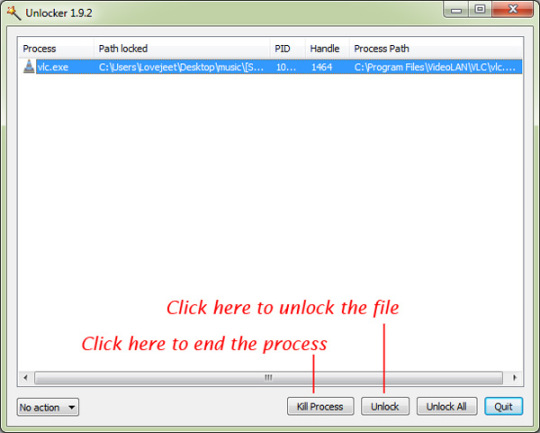

- #DELETE OPEN ANY FILE HOW TO#
- #DELETE OPEN ANY FILE INSTALL#
- #DELETE OPEN ANY FILE UPGRADE#
- #DELETE OPEN ANY FILE PLUS#
#DELETE OPEN ANY FILE HOW TO#
This is how to delete some files or folders via the software in Windows 10, 8, 7. When the task is done, you can see the “All files/folders have been shredded completely” message on the status bar. After everything is OK, press “Shred” to begin deleting files or folders.

#DELETE OPEN ANY FILE UPGRADE#
To choose 3 other advanced erasure methods, please upgrade to Professional edition. Choose the shredding method “Write Zero”. You can click “Remove” to remove the selected item. Back to the main interface, all the selected files or folders will be list based on the selection sequence under “Name”. To choose more than one file or folder, click the first file or folder, and then press and hold the “Shift” or “Ctrl” key. Then choose the target item you plan to delete completely from your computer. In the pop-out window, click on “Add Files” or “Add Folders” to open the local disk drive and all files or folders. Click on “All Tools” and choose “Shred Files”.
#DELETE OPEN ANY FILE INSTALL#
Install and run AOMEI Partition Assistant Standard. Now, you can download the software and delete any file/folder by the following steps. Its intuitive and user-friendly interface makes the whole file shredding process easy to follow for everyone. This software develops the “File Shredder” function, which can help shred stubborn files or folders and overwrite them with zeros. Top software to delete any file or folder in Windows PCĪmong all available software for deleting files or folders, the free partition manager named AOMEI Partition Assistant Standard is highly recommended for all editions of Windows 10/8/7 and Windows XP/Vista (both 32-bit and 64-bit) users. Today, we will share the best software to delete any file or folder on Windows computer. However, what if you don’t want them to be recovered and plan to erase them completely forever, especially when they contain some private data? To do that, you have to make sure they are not just deleted, but also overwritten. Besides, prior to reselling, throwing away or disposing of your old hard drive, it is also advised to first delete all files or folders to protect your sensitive information against identity thefts.Īlthough it is easy to remove any file or folder through the Windows “Delete” option in File Explorer, the deleted files are not lost forever, and anyone can restore them with an appropriate tool. For example, too many files take up much drive space deleting them can help free up disk space. Sometimes, you may need to delete some files or folders. (If you have a file name with spaces, you need to put the name in quotes: "For Example.txt".) If you had a file here named MyFile.When do you need to delete files or folders?

To delete a file, type rm filename, replacing filename with the actual name of the file you want to delete. After you launch Terminal (in your /Applications/Utilities folder) type cd ~/Desktop to navigate to the Desktop directory. It’s dangerously easy to delete files with the rm command. If you’ve lost access to the Finder because your Mac is on the blink, you might be able to use the command line to troubleshoot the problem.These files, which can contain settings for certain apps or parts of macOS, contain a dot (.) before their names and the Finder doesn’t show them. You can delete files that are hidden in the Finder.You can remove files from the Trash when you encounter stubborn errors.You can use wildcards to delete multiple files quickly and efficiently.So why bother using the command line? Here are some reasons:
#DELETE OPEN ANY FILE PLUS#
Why bother deleting files with the command line?ĭeleting files with the Finder isn’t too difficult, plus you can always fish files out of the Trash if you change your mind.


 0 kommentar(er)
0 kommentar(er)
